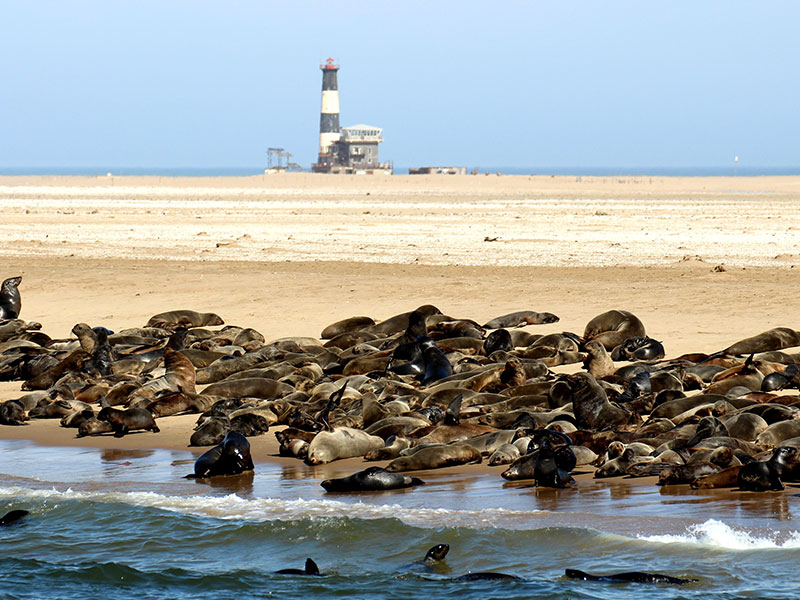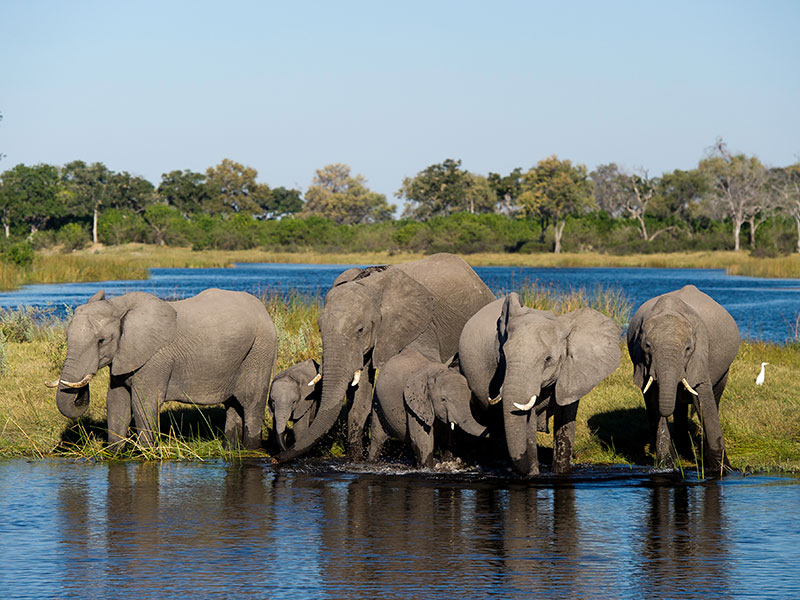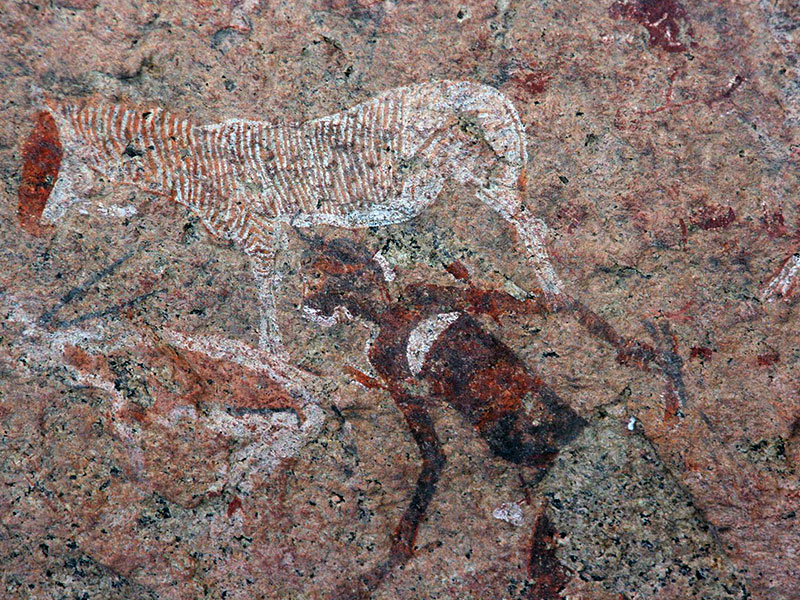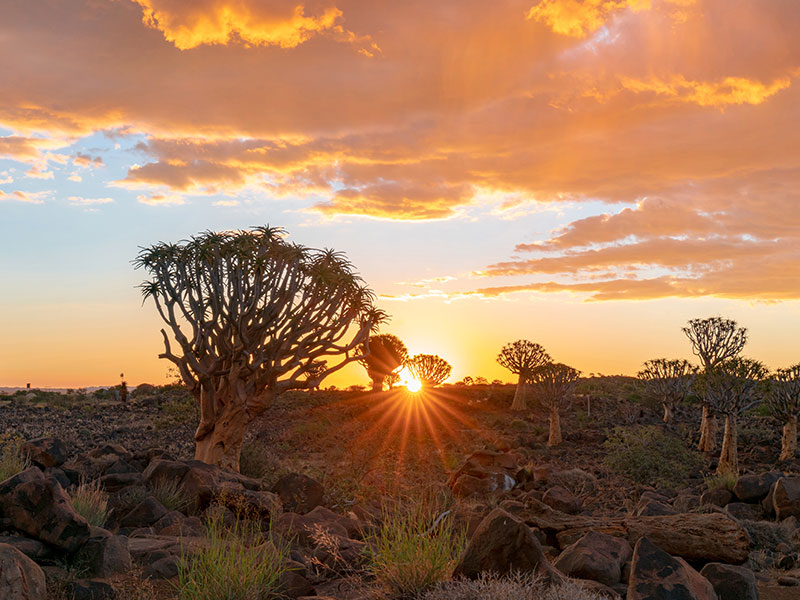Namibia is not just a fascinating place. It is also a country with a rich and complex history that has made the nation what it is today.
From ancient indigenous communities to the colonial struggles of the past and the hard-fought road to independence, Namibia’s past is closely interwoven with its landscape and landmarks.
In this blog, we explore the historic sites, museums and pivotal events that tell the story of this resilient nation.
Early history and indigenous peoples
Long before European colonization, Namibia was home to various indigenous groups, including the San (Bushmen), Nama, Herero and Ovambo.
The San in particular, one of the oldest continuous populations in the world, have left behind an incredible legacy of rock art.
Sites such as Twyfelfontein in Damaraland, a UNESCO World Heritage Site, have thousands of rock engravings and paintings that give visitors an insight into the lives of these ancient hunter-gatherers.
Colonial times and German influence
European colonialists arrived in the country at the end of the 19th century, and Germany declared Namibia a protectorate in 1884 and called it German South West Africa.
This period was marked by significant conflict, most notably the Herero and Namaqua genocide from 1904 to 1908, in which thousands of Herero and Nama were killed. A visit to the Heroes’ Acre near Windhoek is a poignant reminder of those who fought and died during this period.
In Windhoek, the capital, you will find numerous buildings from the colonial era that reflect the German architectural influence. The Christuskirche, which was built in 1910, is a striking landmark with its distinctive neo-Gothic design. In the nearby Alte Feste, now the National Museum of Namibia, there are exhibitions describing the country’s colonial past and the struggles of its people.
South African rule and the road to independence
After the First World War, Namibia came under South African administration, which later led to the introduction of apartheid laws similar to those in South Africa.
This period of renewed oppression spurred the rise of the independence movement. Key figures such as Sam Nujoma, Namibia’s first president, led the South West Africa People’s Organization (SWAPO) in a protracted struggle for freedom.
To understand this era, a visit to the Independence Memorial Museum in Windhoek is a must. Opened in 2014, the museum features exhibitions about the liberation struggle, including photographs, artifacts and the personal stories of those who fought for Namibia’s independence.


Independence and modern Namibia
Namibia finally gained its independence on March 21, 1990.
The event marked the end of a long and arduous road to self-determination. Today, Namibia celebrates its Independence Day annually with various events and festivities that highlight its cultural diversity and national pride.
A visit to the Ink Palace, Namibia’s parliament building, gives you an insight into the country’s political development. It was built during the German colonial era and is now a symbol of Namibia’s democratic governance.
Preserving history and heritage
Namibia’s commitment to preserving its history is evident in its numerous museums and cultural centers. The National Art Gallery of Namibia in Windhoek showcases the country’s artistic heritage and exhibits works by both contemporary artists and traditional artisans.
In Swakopmund, the Swakopmund Museum, founded in 1951, offers a comprehensive insight into the natural history, colonial past and indigenous cultures of the region. The museum’s exhibitions make it a fascinating stopover for history buffs.


Namibia’s story is one of endurance and unwavering hope. As you travel through its landscapes and learn more about its history, you will discover a nation that is proud of its past and optimistic about its future.
We offer a range of incredible Namibia tours. Take a look at our tour selection and book your trip to Namibia today!





